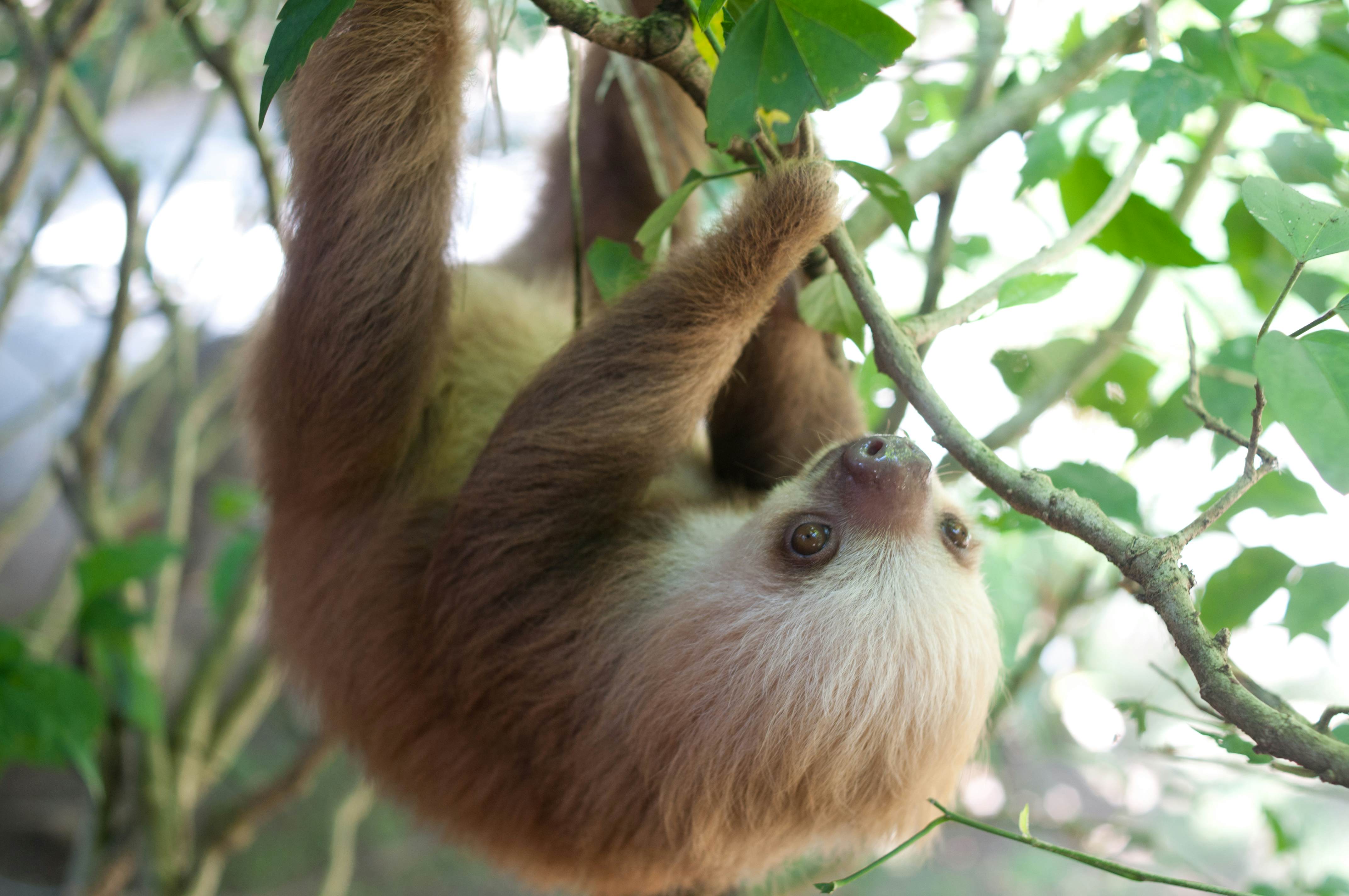
In fact, multiple poo piles can be found at the bases of certain trees. If the sloths were simply providing the moths with a place to reproduce, why would they need to return to the base of the same few trees? Wild sloths always poop in the same places. Pauli’s theory also leaves a few important questions unanswered. The best way to find a fresh pile of sloth poo? Find a sloth and it will take you there! The moths have simply taken advantage of the sloths’ bizarre bathroom habits and found themselves a nice niche. The moths need to find sloth poo in order to reproduce. The moths essentially just use sloths as a handy form of transport. Sloth moths don’t have mandibles in the adult form and so it is unlikely that they feed on the algae, dead skin, or parasites.

But if a sloth can survive without the algae, why risk everything to try and get it? Sloth moth collected from the hair of a three-fingered sloth in Costa Rica ©Rebecca CliffeĬould the moths benefit the sloth in other ways? Maybe the nutrients are absorbed through the skin? Perhaps. I have spent countless days following sloths in the wild and observing every little movement (yes, movements are few and far between…) yet I have never seen anything that looks remotely like licking. Blood analysis done at the Sloth Sanctuary of Costa Rica shows no difference between these captive animals and their wild, algae-covered counterparts.įurthermore, a sloth has never been observed or documented licking the hair. The algae is a form of camouflage but certainly isn’t essential to the sloths’ survival.įor a start, sloths in captivity that are fed a natural diet but don’t have any algae are perfectly healthy. But it is very unlikely that the sloths gain any benefit from the moths. It is true that the sloths with the most algae tend to have more moths. It is certainly an interesting idea and one that crossed my mind when I first began working with sloths four years ago. They believe that the presence of moths facilitates the growth of algae in the hair, from which the sloth gains nutrients. Pauli et al suggest that the sloths benefit from having the moths, and so risk life and limb to maintain the relationship. Here, the larvae feed and develop into adult moths before flying up into the canopy to find a sloth. When a sloth descends to the forest floor to defecate, the female moths crawl off the sloth and into the faeces to lay their eggs. Sloth moths are a group of moths that are found exclusively in sloth hair.

A team of scientists from the University of Wisconsin suggest that this behavior all revolves around the humble sloth moth. Yet this remains one of the biggest mysteries surrounding sloth behavior and one that scientists have struggled to explain for decades.Ī blog post by Ed Yong offers up an interesting theory. There must be a huge selective advantage to this weird weekly routine – it should be obvious. Sloths are extremely vulnerable to predation when on the ground.Īs if that isn’t enough, these animals can store up to a third of their body weight in faeces lugging that extra weight around is no easy task when you are a sloth. It takes a sloth an entire month to digest just one leaf, meaning that they don’t have much wiggle room when it comes to expending energy.ĭescending from the safety of the canopy to the forest floor is not only energetically very costly, it is also a suicide mission. For a sloth, this is a big deal.Ī sloth’s entire lifestyle is based around avoiding detection and using as little energy as possible. Both two-fingered (Choloepus) and three-fingered (Bradypus) sloths will only defecate once a week, and for some strange reason, they will only do it on the ground. Sloths are famous for their unusual and bizarre bathroom habits.


 0 kommentar(er)
0 kommentar(er)
